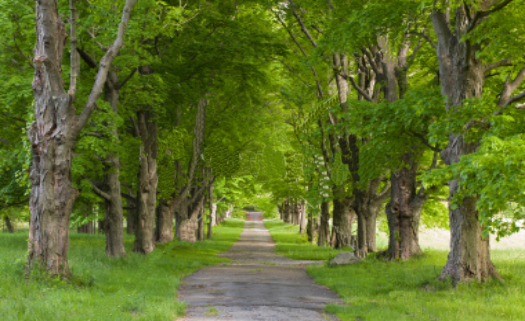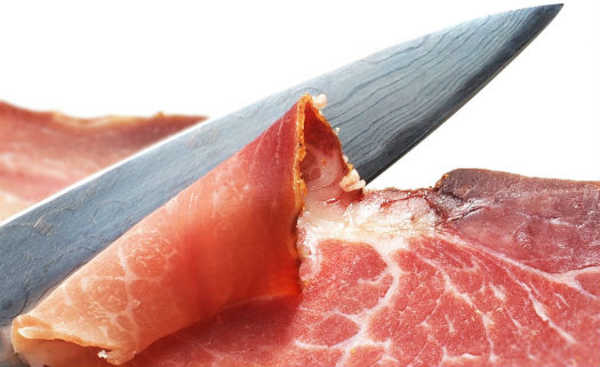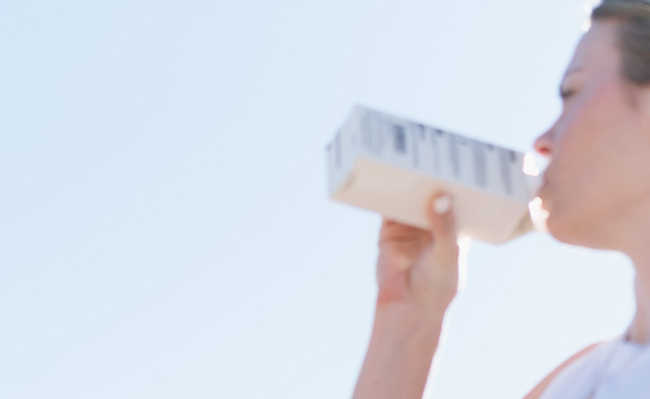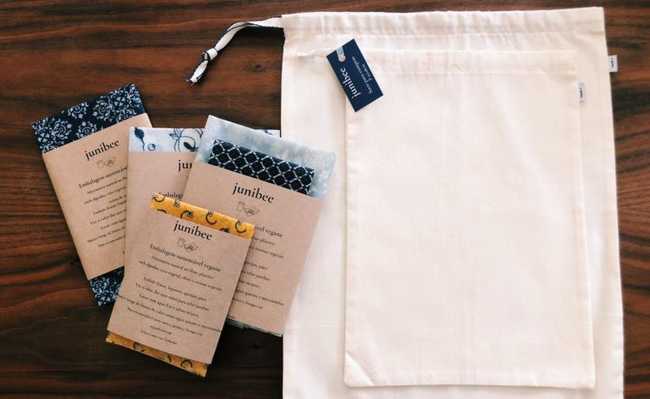Turn your garden into a small animal sanctuary
Measurements can make your garden much nicer for small animals

Can you imagine opening the balcony doors and finding animals of different species happy, in harmony and dancing? Okay, that last part you can forget about (and so is the idea of making a musical with animals), but it's quite possible to create a small animal sanctuary in your garden - all it takes is a little planning. To attract small animals to your garden, the place needs to have everything a living being needs to survive and be healthy.
Coverage and insulation
Adequate shrubs, trees and some bushes will be needed for the birds to raise their young and protect themselves from rain and sun. You can attract birds and other beings to your garden by feeding them, however they cannot be without the materials to make their homes.
The region's native plants, shrubs and trees are the best food sources wildlife needs. If you want to supplement the animals' food, place feeders, especially in winter. Place them near bushes or trees so birds can fly for cover, but don't place them near low vegetation where predators can hide (if you have cats, keep them away).
think small
Unless you have hundreds of acres, your garden will not attract large mammals. But birds, squirrels, chipmunks, butterflies and bees might like it. Your efforts can make big differences for these creatures.
Water
A small water source or lake is essential. All life depends on water. If there is no water supply, the place is to visit and not live. And most importantly, safe water is difficult for small animals and insects to find. If they can't find it, they'll turn to puddles and gutters beside roads that contain oil residues and insecticides.
On hot days, birds love to bathe and sip some water. Make "bathtubs" available to them. Just leave a bathtub with a non-slip surface, with wide edges and not too big. Choose those made from non-toxic materials that won't rust or release toxins.
As for water sources, whether an artificial lake or a trough lake, circulation is essential. Standing water quickly becomes full of algae in summer, and will only be used as a focus for mosquito larvae. By circulating the water, you ensure that it is oxygenated enough to help the tadpoles and small amphibians that naturally control insects. Small aquatic plants like lilies do a great job of using nitrogen-rich nutrients that help control algae growth. Typically, some type of pumping is used to maintain circulation. Not to mention that this prevents the spread of disease-causing mosquitoes.
Balance
If you're not a fan of insects, it's best to think twice before turning your garden into a sanctuary. If you don't want to have bugs, you're eliminating a great natural food source for frogs and birds. Without bees, flora and fauna cannot grow. A natural sanctuary must be balanced, otherwise the living beings within it will not survive.
We've already talked about the importance of bees for life on the planet. Bees are vital animals for farms and gardens, but their numbers are dropping. Turn your garden into a safe habitat for bees. Leave open spaces for the bees and a pile of branches and leaves, which will be used to create their homes. There are dozens of fruits, herbs and flowers that attract bees. Check the ones best suited for your region and climate. And in no way use pesticides.
Tips and considerations
When building your sanctuary, keep in mind the fauna and flora of the region. Invest in colorful flowers to get the attention of different animals. Butterflies like the colors orange, yellow and purple. Bees prefer yellow and blue flowers, or herbs such as rosemary and thyme.










